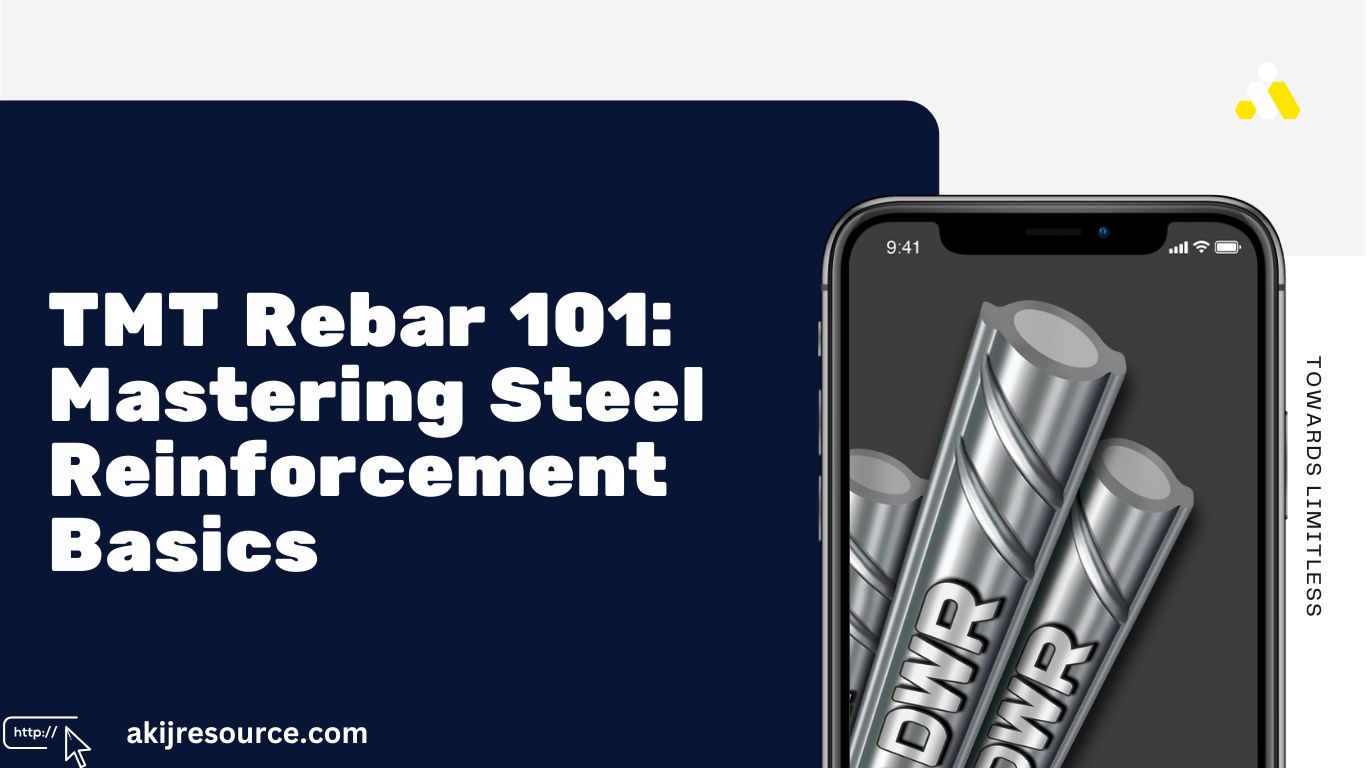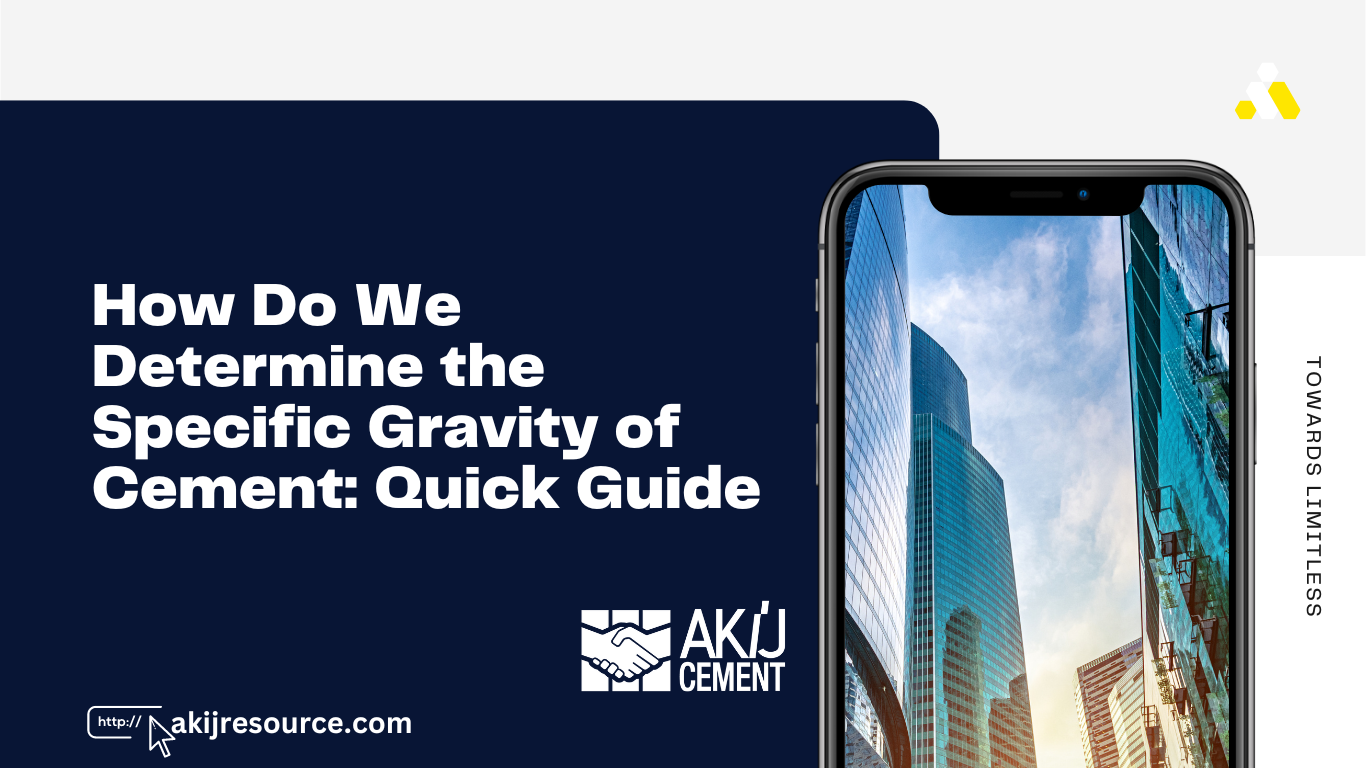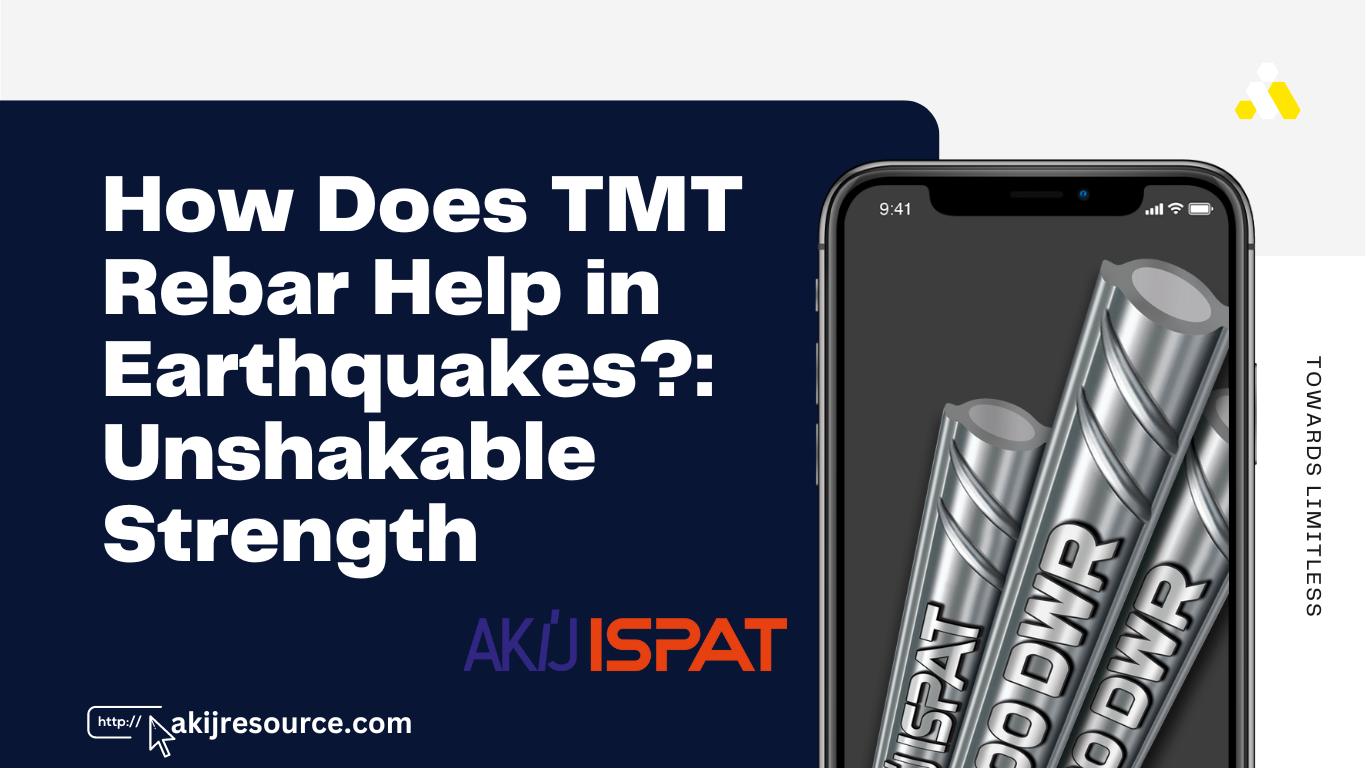TMT rebar, or Thermo-Mechanically Treated rebar, provides essential strength and durability in construction. It reinforces concrete structures against tensile stress.
Understanding TMT rebar is crucial for anyone involved in construction. It stands for Thermo-Mechanically Treated rebar, which undergoes a specialized process to enhance its strength and flexibility. This type of steel reinforcement is widely used in building structures to ensure they can withstand various stresses and environmental conditions.
TMT rebar features a unique combination of a tough outer layer and a softer inner core, making it ideal for withstanding high tension. Its superior bonding with concrete and resistance to corrosion make it a popular choice in the construction industry. Knowing the basics of TMT rebar helps ensure safer and more durable structures.
Introduction To Tmt Rebar
TMT Rebar stands for Thermo-Mechanically Treated Rebar. It is a type of steel bar used for reinforcement. TMT bars have a hard outer surface and a soft inner core. This gives them strength and flexibility.
TMT Rebars are very important in building structures. They provide strength and durability. Without TMT Rebars, buildings would not be safe. They help the structures withstand heavy loads and natural disasters like earthquakes. TMT Rebars also resist corrosion, making them last longer. This makes them a vital part of modern construction.
Manufacturing Process
Steel, iron ore, and coal are the main raw materials. These materials are melted in a furnace. The melted mix is then poured into molds. Molds shape the steel into bars.
After shaping, the bars are rapidly cooled. This process is called quenching. Quenching gives the bars their strength. Next, the bars are slowly cooled in air. This process is called tempering. Tempering improves the flexibility of the bars.
Grades Of TMT Rebar
TMT Rebars come in different grades. The most common grades are Fe 415, Fe 500, Fe 550, and Fe 600. Each grade has unique properties. Fe 415 is the most basic grade. Fe 500 offers more strength. Fe 550 and Fe 600 provide even higher strength.
Fe 415 is used in small-scale construction. Fe 500 is suitable for buildings and bridges. Fe 550 is ideal for heavy-duty structures. Fe 600 is used in special projects needing high strength.
Benefits Of TMT Rebar
TMT rebar is very strong. It can handle heavy loads. Buildings made with TMT rebar last long. They stay safe during earthquakes. This makes it a popular choice in construction.
TMT rebar does not rust easily. It has a special coating. This coating protects it from water and chemicals. This makes the rebar last longer. It keeps buildings safe and strong.
Common Applications
TMT rebars are widely used in residential buildings. They provide strong support to homes. These steel bars help in making homes safe. They are resistant to earthquakes. TMT rebars also prevent cracks in walls. They are easy to work with. Builders use them for beams, columns, and slabs.
Commercial structures also use TMT rebars. These buildings need strong foundations. TMT rebars offer the strength required. They help in constructing malls, offices, and hotels. These steel bars ensure safety and durability. They also reduce maintenance costs. Large structures benefit from their use.
Installation Techniques
Use a hacksaw or rebar cutter to cut TMT rebar. Make sure the cuts are clean and precise. Bend the rebar using a rebar bender. This ensures the correct angles and shapes. Always wear safety gear like gloves and goggles. This protects from injuries.
Welding TMT rebar requires a skilled welder. Use a low-hydrogen electrode for welding. This helps in strong joints. Tying rebar uses steel wire ties. Ensure the ties are tight and secure. This holds the rebar in place during concrete pouring. Wear protective gear while welding and tying. This includes gloves, goggles, and a mask.
Quality Standards
Steel reinforcement must meet specific international standards to ensure quality. These standards include ISO, ASTM, and BS. Each standard defines the chemical composition and mechanical properties of the steel. Complying with these standards guarantees the strength and durability of the TMT rebar.
Several tests are used to check the quality of TMT rebar. These tests include the tensile test and the bend test. The tensile test measures the strength of the steel. The bend test checks its flexibility. Both tests ensure the rebar can handle heavy loads and stress. Proper testing ensures the safety of structures.
Choosing The Right TMT Rebar
Quality matters a lot in TMT rebar. Always check the grade before buying. It should meet the required standards. Corrosion resistance is another key factor. This ensures long-lasting strength. Examine the bendability and weldability of the rebar. This makes it easier to use in construction.
Cost is also an important factor. Compare prices from different suppliers. Ensure you get the best deal without compromising on quality. Delivery time can affect your project schedule. Choose suppliers who can deliver on time.
Always choose a reliable supplier. Check their reputation in the market. Read customer reviews to gauge their reliability. Look for suppliers who have been in the business for a long time. This usually means they are trustworthy.
Ensure the supplier provides certified products. This guarantees the rebar meets industry standards. Ask for samples before placing a large order. This allows you to test the quality firsthand. Good suppliers offer after-sales support. This can help resolve any issues quickly.
Frequently Asked Questions
What Is The Difference Between Tmt Bars And Tmt Rebars?
TMT bars and TMT rebars are the same. Both refer to Thermo-Mechanically Treated steel bars used in construction.
What Is The Difference Between Black And Grey Rebar?
Black rebar is untreated and prone to rust. Grey rebar, often galvanized, resists corrosion better and lasts longer in harsh environments.
Will Grade 40 Rebar And Grade 60 Rebar Have The Same Yield Strength?
No, Grade 40 rebar and Grade 60 rebar do not have the same yield strength. Grade 40 rebar has 40,000 psi yield strength, while Grade 60 rebar has 60,000 psi yield strength.
What Size Rebar Do I Need For A 4 Inch Slab?
For a 4-inch slab, typically use #3 rebar (3/8 inch diameter) placed 18 inches apart. This ensures proper reinforcement.
Conclusion
Understanding TMT rebar is crucial for any construction project. This guide simplifies the basics for beginners. With this knowledge, you can make informed decisions. Ensure your structures are strong and durable. Explore more to become a rebar expert and enhance your construction skills.
Thank you for reading!






















